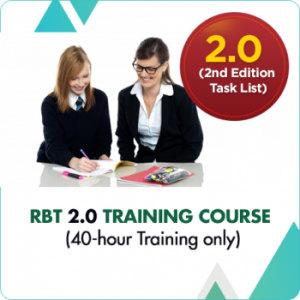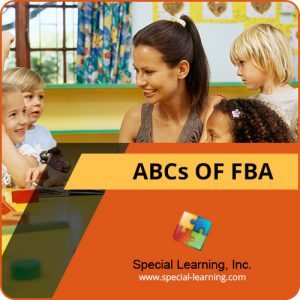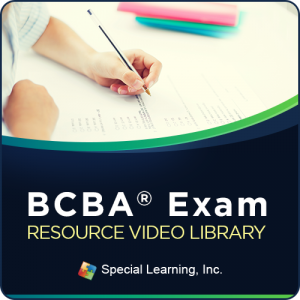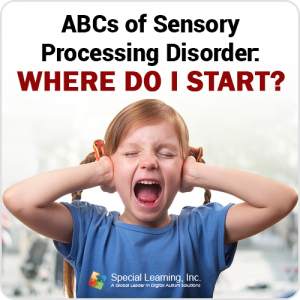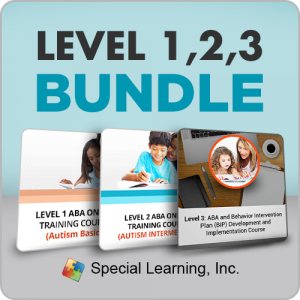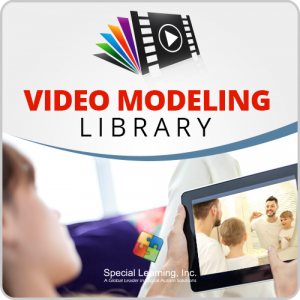Easily Understand IQ Testing
Educational institutions have been using intelligence quotient (IQ) testing, in order to gauge an individual’s overall mental capacity. Through the years, IQ testing has gained several controversies regarding its reliability and accuracy. Nowadays, aptitude tests and performance tests are usually administered over IQ tests. Nonetheless, the purpose of these tests is the same — to measure a person’s cognitive strengths and weaknesses.
IQ is defined as a numeric expression of a person’s intellectual level as measured against the statistic average of his age group. On several traditional scales, it is determined by dividing the mental age, derived through psychological testing, by the chronological age; and multiplying the result by 100 (Mosby, 2002). Alfred Binet, a psychologist, developed the first IQ test. He developed the IQ test to help identify students that could do with extra help with schoolwork.
IQ tests are also given to children with autism spectrum disorder (ASD or autism), to measure their mental capacity. IQ tests are usually given when a child is about to attend school. It aids teachers and psychologists assess what level of educational support is appropriate for a child. There are several kinds of IQ tests available, but standard IQ tests usually given to children with autism are the Verbal Intelligence Quotient (VIQ) test, Performance Intelligence Quotient (PIQ) test, or the Full-Scale Intelligence Quotient (FSIQ) test.
VIQ is a numerical measurement of your child’s spoken language capabilities and limitations, while PIQ is a test that assesses your child’s mental capacity in dealing with nonverbal skills that require actual physical handling of certain objects such as picture cards and puzzles. An FSIQ test is a test that combines verbal and nonverbal skills evaluation. Other IQ tests, such as emotional IQ tests and social IQ tests, are available but are seldom administered compared with the standard tests.
Here is a list of some of the most used IQ tests:
- Wechsler Intelligence Scale for Children (WISC)
- Wechsler Intelligence Scale for Children, fourth edition (WISC-IV)
- Stanford-Binet Test
- Woodcock-Johnson Tests of Cognitive Abilities
- Kaufman Assessment Battery for Children
- Raven’s Progressive Matrices.
In 1916, Lewis Terman developed the initial rating system for an IQ test score, as follows:
- Over 140 score is considered to be in genius or near-genius range.
- 120–140 means that the examinee is in the very superior intelligence range.
- 110 –119 gives the result of superior intelligence.
- 90–109 is accepted to be the normal or average intelligence.
- 80–89 pertains to the range of dullness.
- 70–79 is considered to be in the borderline of deficiency range.
- Lower than 70 means definite feeblemindedness.
Today, IQ test results have a mean average standard of 100, but the scoring system varies. Scores that fall between 70 and 130 are considered to be the normal average IQ score. However, it must be kept in mind that IQ testing is not a science. Not all online IQ tests are 100% reliable and valid, thus IQ tests should be conducted by certified trained teachers or psychologists in appropriate venues such as in a school or a clinical setting.
Reference:
National Association for Gifted Children. nagc.org: IQ tests and your Child, retrieved March 23, 2011, from http://www.nagc.org/index.aspx?id=960
Copyright © by Special Learning Inc. All right reserved.
No part of this article may be reproduced in any manner whatsoever without written permission except in the case of brief quotations embodied in critical articles and reviews. For information, contact Special Learning Inc., at: contact@special-learning.com

